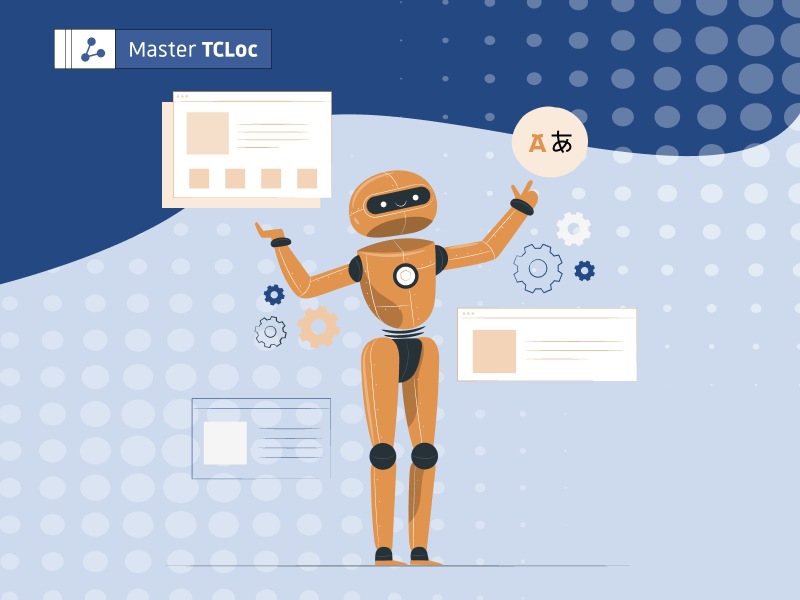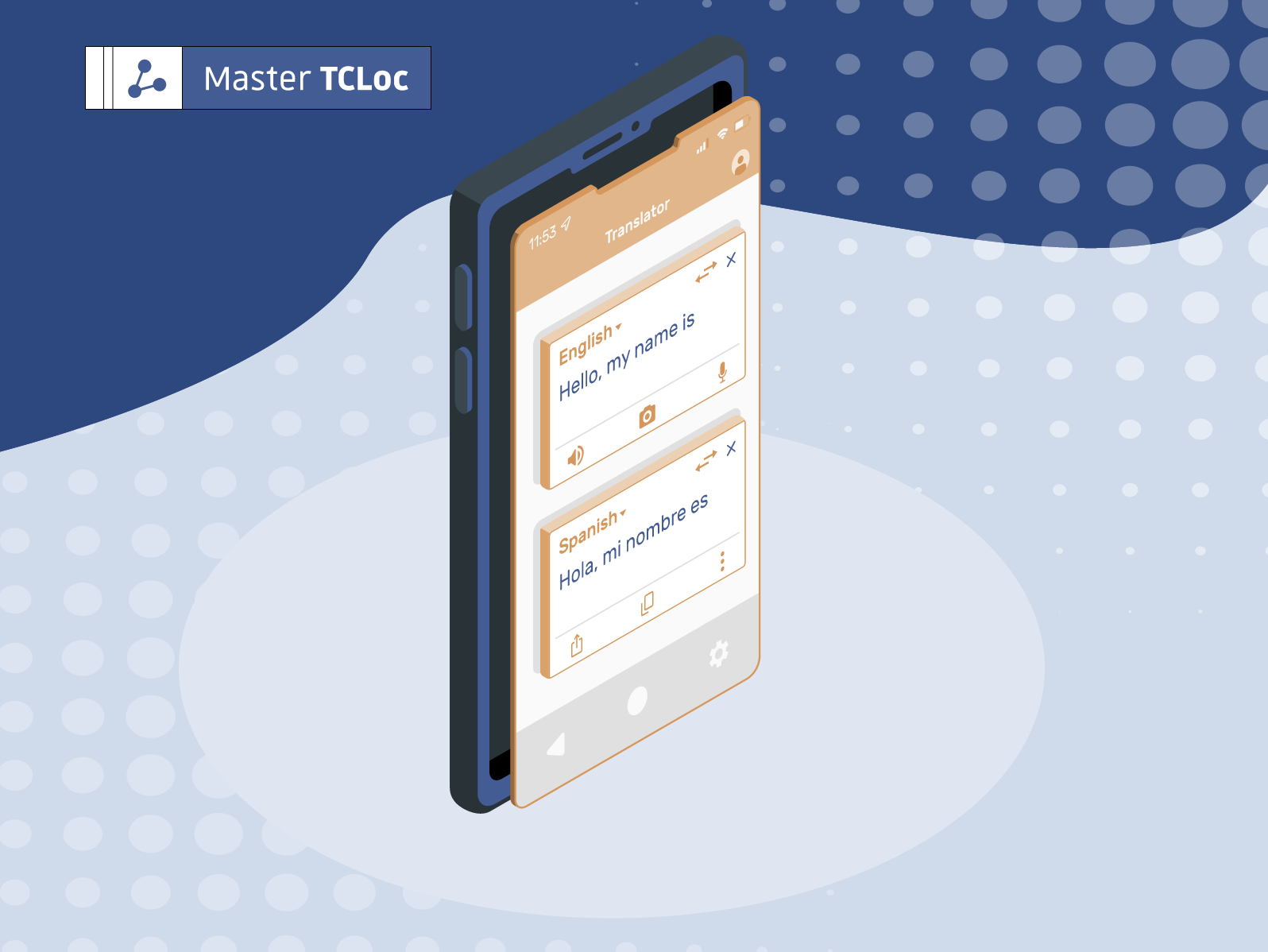The use of machine translation is rapidly expanding, but can it replace human translators? In this article, we’ll learn about the benefits and limitations of using machine translation and when you might want to use human translators.
What is Machine Translation?
Machine translation, commonly referred to as MT, is the process of using artificial intelligence to translate a text from one language into another without involving a human translator. There are a few different types of machine translation. Neural machine translation is presently the most commonly used type of engine. Neural machine translation, or NMT, makes use of neural networks that mimic the human brain to produce translations.
Machine translation can also be accompanied by a human review, called post-editing, where a human translator reviews the machine translation and makes changes to correct any errors and improve things like accuracy and fluency.
As the use of MT increases, it’s important to be aware of its benefits and limitations so you understand when MT is a good idea and when you might be better off translating things the old fashioned way!
Pros of Machine Translation
- It’s fast: MT engines can translate thousands of words in just a few seconds, where human translators would much longer to translate the same amount of content.
- It’s cheap (or even free): some MT engines, like Google Translate, are freely available for public use. Even paid enterprise-level engines are fairly inexpensive at 10-20 USD/EUR per million characters.
- It’s easily accessible: as mentioned above, there are several engines available to the public on the web or through mobile apps, so anyone with internet access can use MT to access information in their preferred language.
Cons of Machine Translation
- It doesn’t always sound natural: MT has come a long way in recent years, but machine translations can often be word-for-word and sound unnatural to readers.
- It lacks context: MT engines produce translations segment-by-segment, so they can miss out on context, which leads to problems with consistency throughout the text.
- It doesn’t work well (or at all) for some languages: depending on the complexity of a language, MT engines may not perform well for certain languages. Additionally, because MT engines rely on vast amounts of bilingual data to produce translations, low-resource languages are either poorly translated by MT or not supported at all.
Get the Best of Both Worlds
There’s no doubt that machine translation has its benefits and limitations. The good news is that there’s a happy medium between the quick turnaround and reduced costs that you get with MT and the good quality, accurate translations from human translators. You can incorporate a human translator to post-edit the machine translation so that it sounds natural and is of higher quality, while still reducing your costs and speeding up your turnaround time.
Another happy medium is understanding when you should really use a human translator and when you can only rely on machine translation.
Generally speaking, machine translation on its own is a great solution for low-visibility and/or dynamic content – things like blog posts, reviews, social media posts, etc. – where having a “good enough” translation is perfectly sufficient, 100% accuracy is not needed, and human translation just isn’t cost-efficient.
You’ll want to stick with human translators for high-visibility content and text when absolute accuracy is important – for example, medical information, websites, marketing content, etc. – and where it makes sense to spend the money and time.
Want to delve deeper into the world of machine translation and artificial intelligence? Check out more of our blog here.



